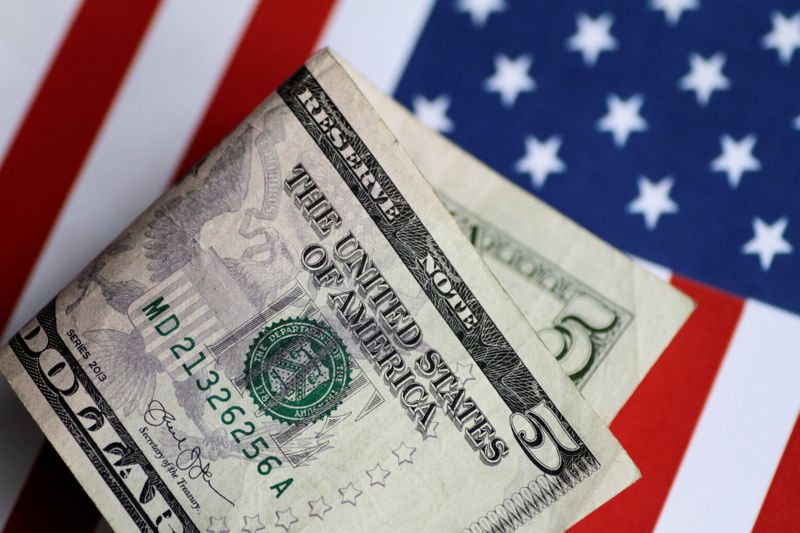 © Reuters
© Reuters
Investing.com-- Most Asian currencies moved in a flat-to-low range on Friday, while the dollar held on to recent gains as comments from Federal Reserve officials saw traders reassess expectations of no more interest rate hikes.
Concerns over an economic slowdown in China also dented sentiment towards Asia, following a string of weak data prints for October. While the data pushed up hopes for more stimulus measures from Beijing, it pointed to sustained weakness in the yuan, which fell 0.1% and was headed for a muted weekly finish.
Losses in the Japanese yen- which weakened past the 151 level to the dollar, put traders on edge over any intervention in currency markets by Japanese authorities. A dovish Bank of Japan was the biggest weight on the yen, as the central bank signaled few plans to wind down its ultra-dovish policy.
Broader Asian currencies also moved little on Friday, with Australia’s dollar losing 0.1%. The Reserve Bank of Australia flagged more upside potential for inflation in a quarterly monetary policy review, reiterating its comments made after an interest rate hike earlier this week.
But the Aussie was set to lose over 2% this week, after the RBA struck a somewhat dovish tone.
The South Korean won rose 0.2%, while the Indian rupee hovered near record lows, although steeper losses in the rupee were somewhat eased by steep declines in oil prices.
In Southeast Asia, the Singapore dollar traded sideways, while the Malaysian ringgit sank over 0.6%.
Dollar strong, set for weekly gain after Powell speech
The dollar index and dollar index futures moved little in Asian trade on Friday, but were set to add about 0.8% this week after a string of hawkish comments from Fed officials.
Chair Jerome Powell said on Thursday that the Fed was still not convinced that monetary policy remained sufficiently restrictive, and warned that the bank stood ready to hike rates further, if necessary.
His comments came after a string of other Fed officials presented a similar rhetoric, and saw markets reconsider expectations that the Fed was done hiking rates. Sticky inflation and resilience in the U.S. economy are expected to keep the Fed hawkish in the coming months.
Expectations for an end to the Fed’s rate hikes had flared up last week after traders interpreted Powell’s comments at a meeting as seemingly less hawkish. While a bulk of these bets persisted, markets now grew less confident that the bank will trim rates by a wide margin in 2024.
The prospect of higher-for-longer U.S. rates bodes poorly for Asian currencies, as the gap between risky and low-risk yields narrows.
U.S. Treasury yields also shot up in overnight trade, further pressuring regional markets.

